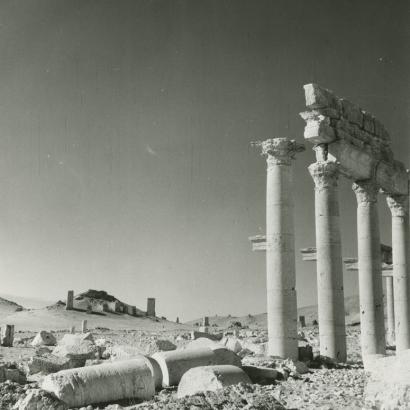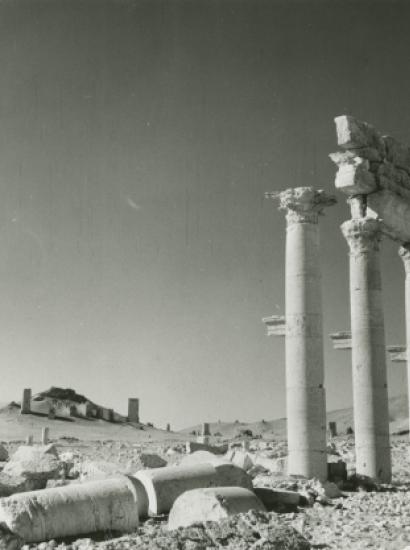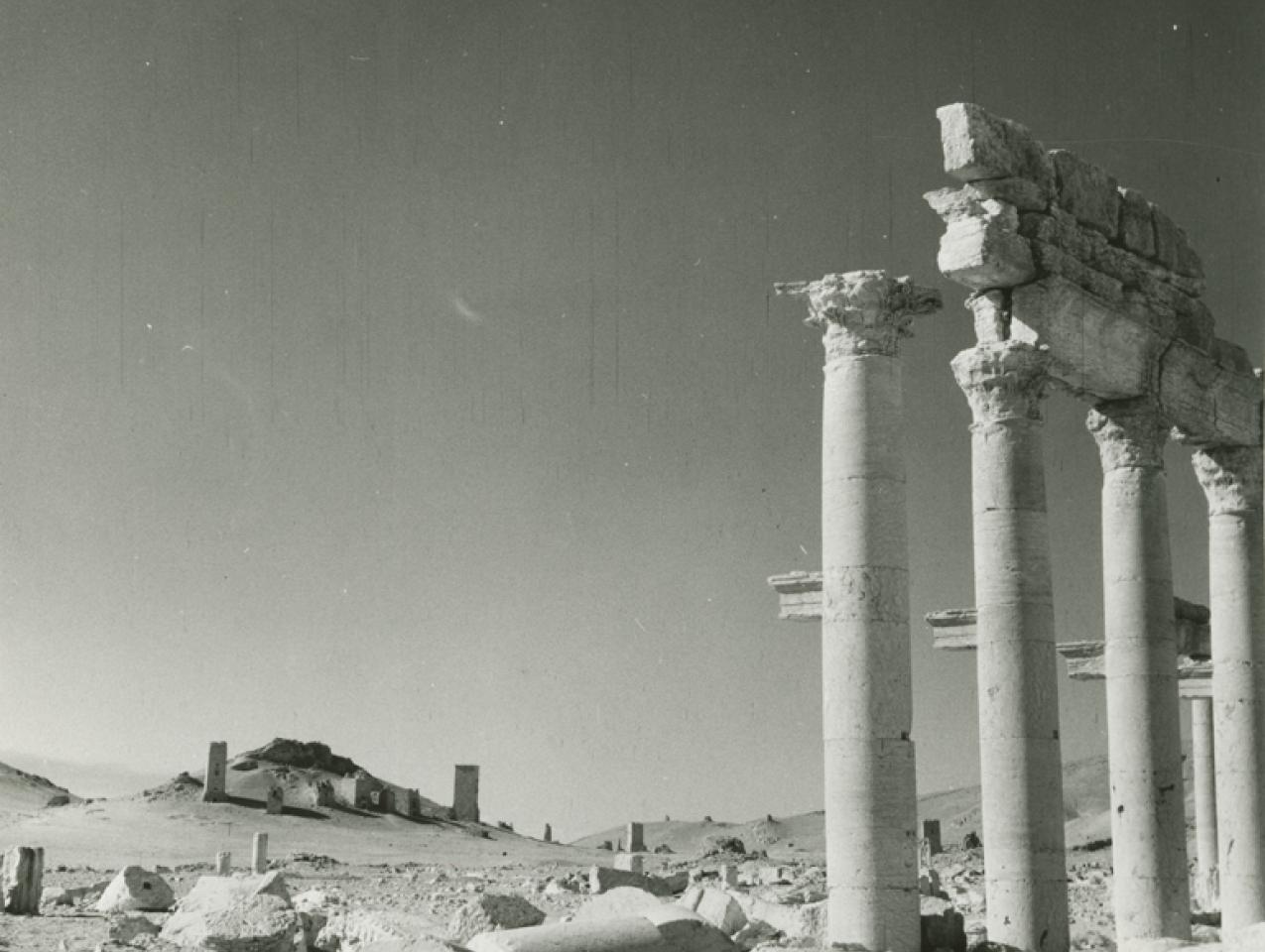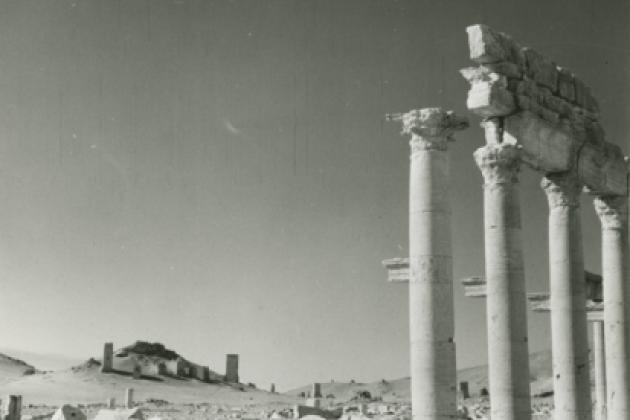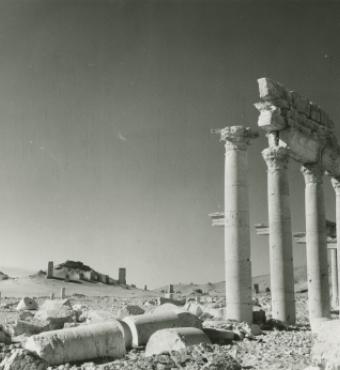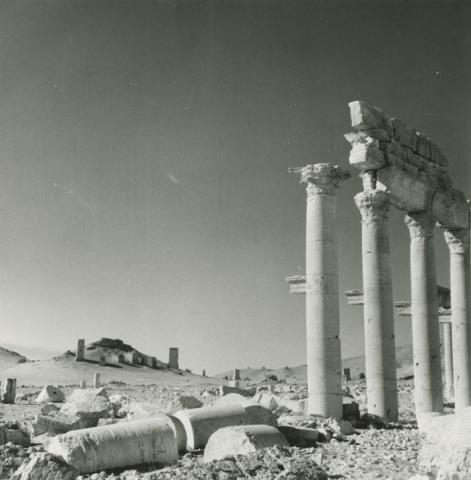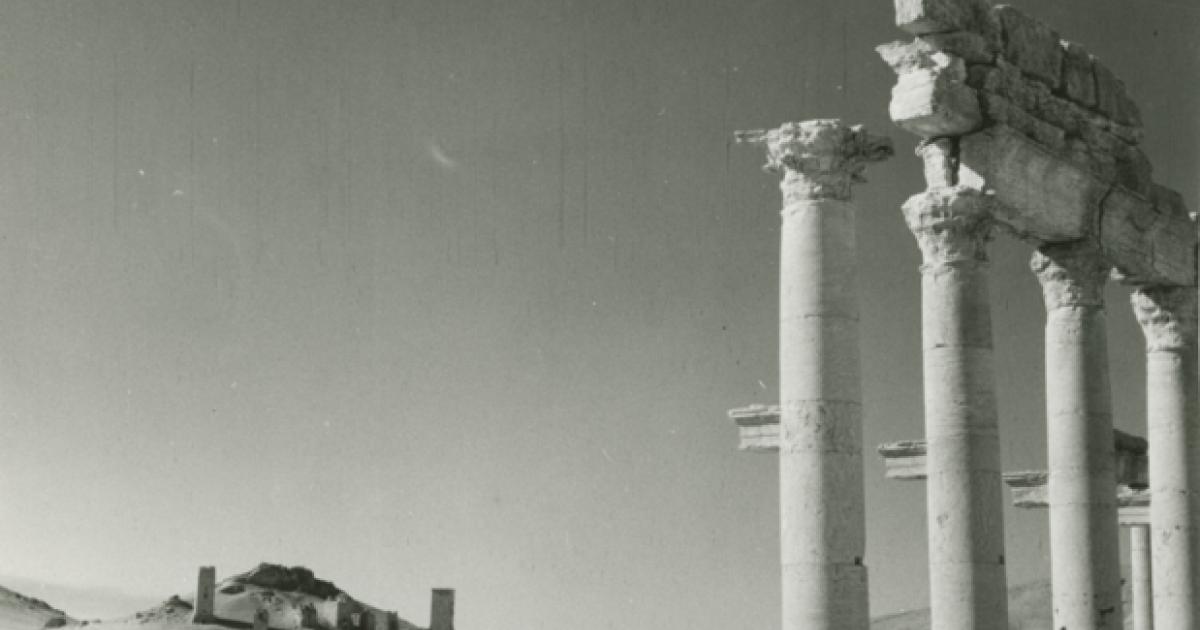- History
- Military
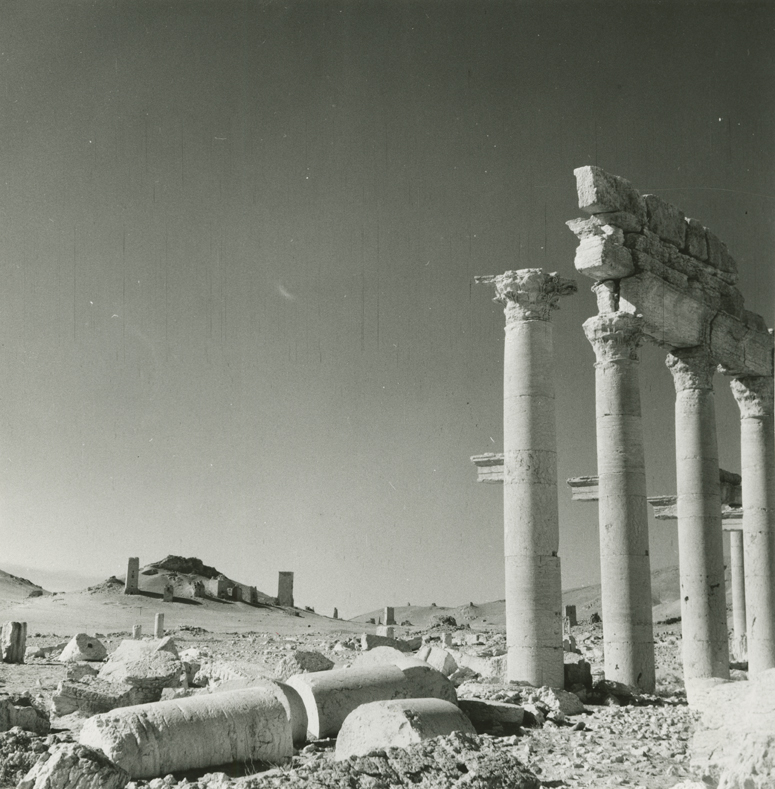
It’s not often that Queen Zenobia, who ruled the Palmyrene Empire in the 3rd century AD, crops up in the news, but this week she has because ISIS fighters seem to be closing in on her ancient capital. A descendant of Cleopatra and related to the Macedonian kings of Egypt, Zenobia ruled until 271, when she was captured and taken as a hostage to Rome by Emperor Aurelian. A media that has generally consigned the advances of ISIS in Iraq and Syria to its inside pages and minor news reports, has suddenly been forced to give them full prominence, not because of the thousands of deaths that ISIS is causing but rather the threat it poses to the splendid urban architecture of Zenobia’s surviving jewel of a city, Palmyra.
This paradox between the value we place on buildings versus people has been highlighted by, among others, Boris Johnson, the Mayor of London and an Oxford Classicist, who fully accepts that, as he has put it, “We in the West have collectively decided to do very little to help hundreds of thousands of Syrian human beings. How can I justify an intervention on behalf of inanimate objects?” Yet he does, arguing that “…there would be something particularly catastrophic about the loss of Palmyra, and it is not just the superb quality of the remains—one of the truly breathtaking sites of the ancient world, fully deserving its UN world heritage status. I believe there is something more at stake in Palmyra—the very idea of our Western civilisation and what we stand for.”1
For there can be no doubt what ISIS would do to the unique blend of Greco-Roman and Persian architectural influences found in the 1st and 2nd century temples and colonnaded streets, should they capture Palmyra, which they consider idolatrous because non-Islamic. They took chainsaws, sledgehammers, and explosives to the artifacts and buildings in the museums and ancient sites of Mosul, Nimrud, and Hatra, destroying everything possible and proudly recording their iconoclasm on YouTube. As Palmyra was an important staging post along the Silk Road for caravans plying trade between Antioch on the Mediterranean and Dura-Europos on the Euphrates, it is full of treasures ripe for their destruction.
There is a Syrian organization calling itself “the Monuments Men”—after the movie of that name starring George Clooney and Hugh Bonneville—working in Palmyra to try to remove or hide whatever they can, but already one of the city’s masterpieces, the Temple of Baal, has suffered damage during artillery exchanges. So even if the battle of Palmyra is won, Zenobia’s kingdom has already suffered.
If the West won’t put boots on the ground to fight ISIS for the sake of humanitarianism, perhaps it might yet be persuaded to do so for the sake of our heritage?
1Boris Johnson, “We must save Palmyra or the maniacs will raze civilisation” The Telegraph, May 17, 2015.







